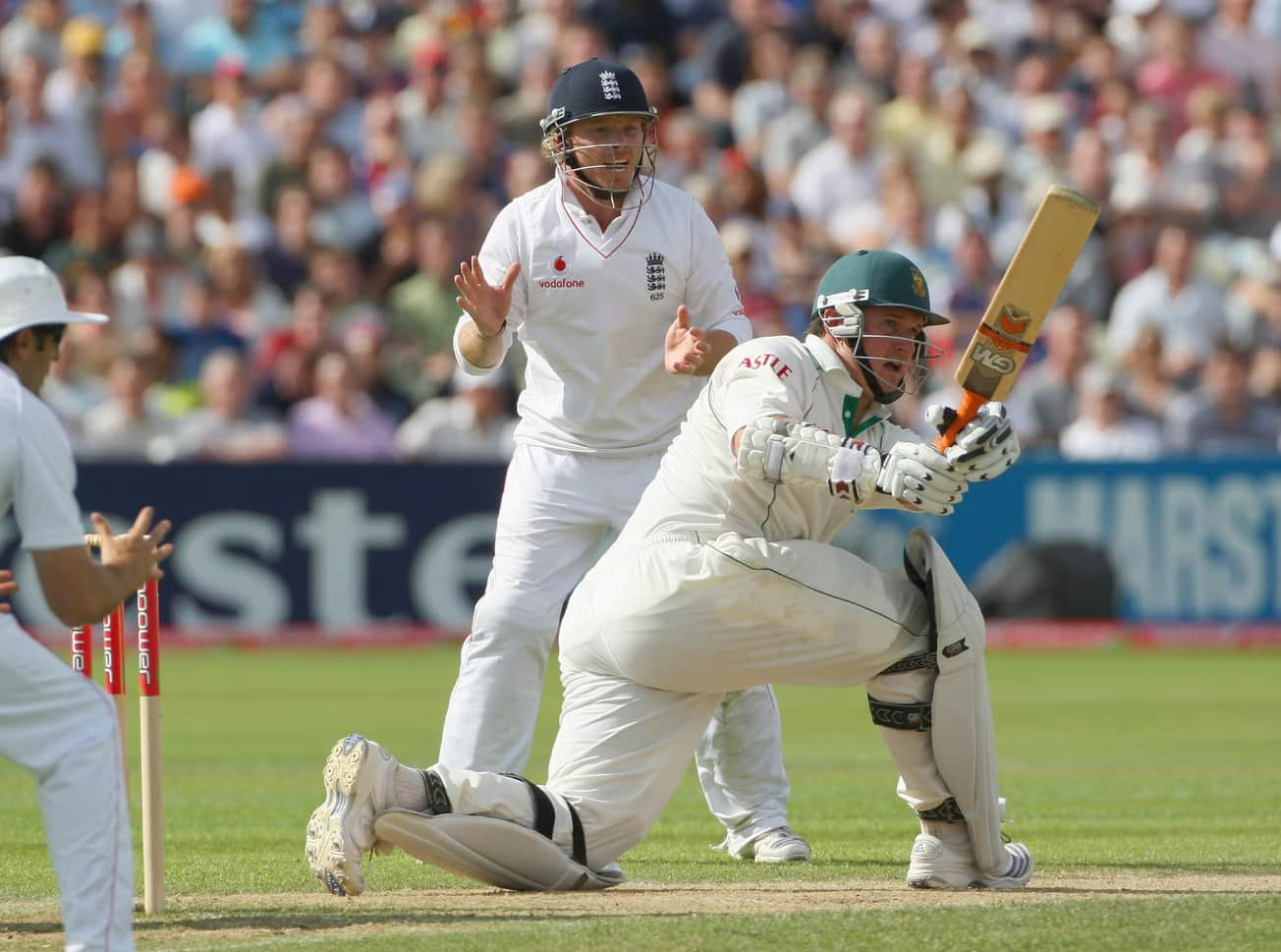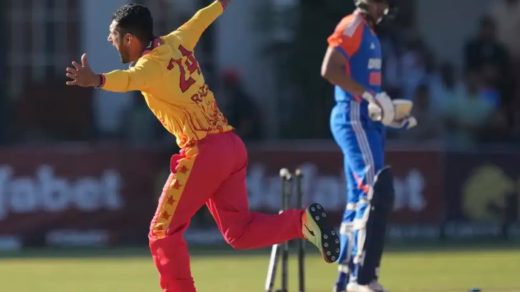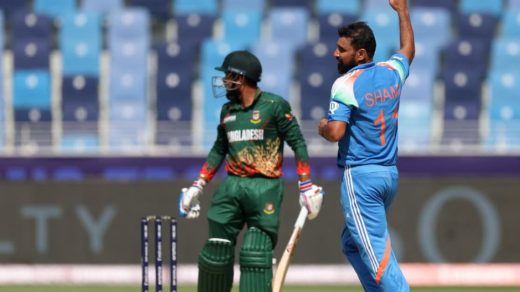You’ve just turned on the TV to watch a cricket match. Your friend sitting next to you says, “We’re in the second innings now!”
You nod, pretending to understand, but inside you’re thinking—wait, what exactly does that mean?
How many innings are there in total? And why does everyone make such a big deal about which innings it is?
Don’t worry. You’re not alone. Innings is one of those cricket terms that sounds simple but actually has layers to it.
Understanding how many innings in cricket depends on what format you’re watching—Test matches work differently from ODIs, and T20 games have their own rules entirely.
Here’s the thing: innings are the heartbeat of every cricket match. They decide who bats when, how long they bat, and ultimately who walks away with the trophy.
Whether you’re watching the IPL on a weeknight or the World Cup final with family, understanding innings makes everything click into place.
How Many Innings in Cricket?

This guide walks you through innings in the simplest way possible—no complicated cricket jargon, just clear explanations with real examples.
By the end, you’ll know exactly what’s happening every time someone mentions “first innings” or “chasing in the second innings.”
Let’s dive in.
What Does “Innings” Actually Mean?
In simple terms, an innings is when a team gets its turn to bat. Think of it like taking turns in a board game—one team bats (tries to score runs), and the other team bowls (tries to get them out).
1st Innings Meaning in Cricket
The first innings is simply the first time a team bats in the match. In Test cricket, both teams get a first innings. In limited-overs formats like ODIs and T20s, the team that bats first completes its first innings, and then the second team takes its turn.
What is 2nd Innings in Cricket?
The second innings depends on the format:
- In Test cricket: Both teams bat again for their second innings
- In ODIs and T20s: The team batting second is chasing the target set by the first team (this is their only innings, but it’s called the “second innings” because it happens second)
Here’s something interesting: innings isn’t just about teams. Each batter also has their own innings. When Virat Kohli walks out to bat, he’s starting his personal innings. When he gets out or the team’s innings ends, his individual innings is over.
In Test cricket, if a batter remains not out at the end of their team’s innings, their personal innings continues when the team bats again. So technically, they’re still playing the same individual innings even though it’s a new team innings.
How Many Innings in Different Formats?
This is where things get format-specific. The answer to how many innings in cricket changes based on what type of match you’re watching.
Test Cricket: The Four-Innings Battle
Test matches are cricket’s marathon—played over five days with four innings total.
- Each team bats twice (2 innings per team = 4 total)
- No over limit—teams bat until 10 players are out or the captain declares
- First team bats, then second team bats, then first team bats again, then second team bats again
Test cricket’s multiple innings create fascinating strategic battles. Sometimes the first innings lasts two full days. Sometimes a team dominates so much that they force the opponents to bat again immediately (called a follow-on).
One Day Internationals (ODIs): The Balanced Format
How many innings in cricket odi? Each team gets exactly one inning.
- Total innings: 2 (one per team)
- Each team bats for a maximum of 50 overs (300 balls)
- Team batting first sets a target
- Team batting second chases that target
ODI cricket’s one-innings-per-team format creates perfect drama. There’s no second chance. You either chase down the target or you lose. That’s it.
Twenty20 (T20) Cricket: The Speed Format
How many innings in cricket T20? Just like ODIs, each team gets one innings—but much shorter.
- Total innings: 2 (one per team)
- Maximum 20 overs (120 balls) per innings
- Fast-paced, high-scoring action
- Matches finish in about 3-4 hours
T20 revolutionized cricket by making it quick and explosive. Every ball matters. Every over can change the game.
Cricket World Cup: Format Determines Innings
How many innings in cricket World Cup? This depends on which World Cup you’re watching.
- ODI World Cup: 2 innings total (50 overs each team)
- T20 World Cup: 2 innings total (20 overs each team)
Remember the 2019 World Cup Final between England and New Zealand? Both teams had one innings each, and it went down to the final ball—then to a Super Over. One innings. One chance. Pure drama.
Cricket in India and the IPL
India breathes cricket. Understanding innings here means understanding the heartbeat of the nation’s favorite sport.
How Many Innings in Cricket in India
Cricket in India follows international standards, so how many innings in cricket in india depends on the format:
- Test matches against visiting teams: 4 innings (both teams bat twice)
- ODI matches: 2 innings (one per team)
- T20 matches: 2 innings (one per team)
How Many Innings in Cricket IPL
The Indian Premier League is pure T20 cricket, so how many innings in cricket ipl is always 2—one innings for each team.
- Each team bats for maximum 20 overs
- Team batting first sets a target
- Team batting second chases
- Matches finish in about 3-4 hours of explosive action
IPL’s one-innings-per-team format is why it’s so thrilling. There’s no safety net. Chennai Super Kings can’t say “we’ll do better in the second innings” if they bat poorly—they only get one chance. That’s why every ball matters, every boundary counts, and every wicket changes the match.
Understanding Overs, Balls, and Time
You might wonder: 1 innings means how many balls? Great question. Let’s break it down simply.
Cricket’s Over System:
- 1 over = 6 legal deliveries (balls)
- Wides and no-balls don’t count—they’re extras
- Bowlers switch ends after each over
Ball Count by Format:
- ODI Cricket: Maximum 300 balls per innings (50 overs × 6 balls)
- T20 Cricket: Maximum 120 balls per innings (20 overs × 6 balls)
- Test Cricket: No limit—an innings can have 500, 600, even 700+ balls if batters survive long enough
So when someone asks 1 inning means how many balls, the answer is: it depends on the format. ODI innings max out at 300 balls. T20 innings max out at 120 balls. Test innings? As long as it takes.
When Does an Innings Actually End?
Whether you’re watching a Test match or an IPL game, innings end under specific conditions.
An innings ends when:
- 10 Batters Are Out – You need two batters on the field at all times, so when the 10th batter gets out, the 11th has nobody to bat with, and the innings end
- Overs Are Complete – In ODIs and T20s, when the team finishes their allotted overs
- Captain Declares – Only in Test cricket, when the captain decides their team has scored enough runs
Real Examples:
- If India is chasing 300 in an ODI but gets bowled out in 45 overs, their innings ends at 45 overs—they don’t get to bat the full 50
- If the Mumbai Indians chase down 180 in the 18th over of an IPL match, the innings ends—they don’t need to bat the full 20 overs
- If Australia scores 400 runs in their first Test innings with only 5 batters out, the captain might declare to give their bowlers time to dismiss the opposition
Special Innings Situations
Cricket has some fascinating rules that affect how innings play out.
- Follow-On (Test Cricket)
If one team completely dominates the first innings – scoring, say, 500 runs while the opposition scores only 200 – the leading team can force the trailing team to bat again immediately. This is called enforcing the follow-on. The trailing team bats their second innings right away instead of waiting for the usual rotation.
- Rain and the DLS Method
Bad weather can mess up innings, especially in limited-overs cricket. When rain reduces playing time, the Duckworth-Lewis-Stern method recalculates targets to keep things fair. You might hear things like “revised target: 250 in 40 overs” instead of the original 300 in 50 overs.
- Retired Hurt
Sometimes a batter gets injured and can’t continue batting right away. They’re marked “retired hurt.” If they recover and return later, their personal innings continue where they left off. If they can’t return, their innings end without being officially “out.”
Amazing Innings Records Worth Knowing
Cricket history is packed with extraordinary innings that stunned the world.
Individual Brilliance:
- Brian Lara’s 400 Not Out – The highest individual score in a Test innings ever, scored against England in 2004
- Dipendra Singh Airee’s 10-Ball 50 – The fastest half-century in T20 cricket, scored for Nepal at Asian Games 2023
- Rohit Sharma’s 264 – The highest individual score in an ODI innings, against Sri Lanka in 2014
Team Dominance:
- Sri Lanka’s 952 Runs – The highest team total in a Test innings, scored against India in 1997
- England’s 498/4 – The highest team total in an ODI innings, smashed against West Indies in 2022
- 39 Runs in One Over – Samoa set the international record for most runs in a single over by hitting 6 sixes plus extras
These records show how individual brilliance within team innings creates cricket’s most unforgettable moments.
Why Understanding Innings Changes Everything?
Now that you know how many innings in cricket, watching matches becomes so much more enjoyable.
You’ll understand why commentators get excited about “winning the toss and batting first.”
You’ll appreciate why teams sometimes slow down at the end of their innings. You’ll grasp the pressure when a team needs 50 runs in the final 5 overs of their innings.
Test cricket’s four innings create five-day strategic chess matches. ODIs balance patience with aggression in one decisive innings per team.
T20s deliver non-stop excitement where every ball in the innings matters.
Whether you’re watching Virat Kohli build an innings in a Test match, or Rohit Sharma explode in an IPL innings, or the Indian team chase in a World Cup innings, you now understand the structure holding it all together.
Cricket isn’t just about hitting boundaries and taking wickets. It’s about innings – how teams build them, protect them, chase them, and sometimes even throw them away.
Every innings tells a story of strategy, pressure, skill, and sometimes pure luck.
Next time someone asks you how many innings in cricket, you won’t just know the answer—you’ll understand why it matters. And that makes you a true cricket fan.



